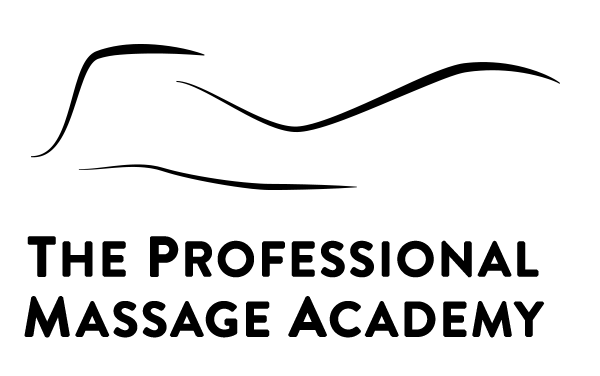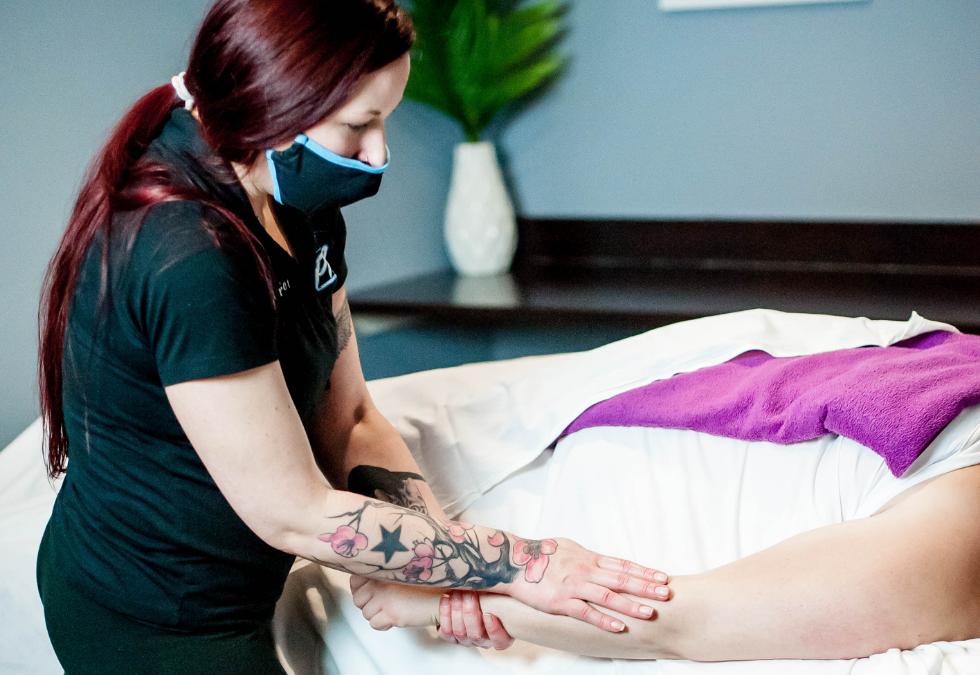Fascia is the connective tissue structure that is between the skin and the muscle in our bodies, as well as surrounds internal structures in our body. The analogy often made is that it is similar to the “pith,” which is the spongy white substance that’s between the peel and the fruit in oranges. “Myofascial” refers to the relationship between the muscles (“myo”) and the fascia. You many have heard the technique “myofascial” pain, which is often characterized by pain in muscles, fascia or related regions.
How Can We Treat Myofascial Pain?
Myofascial pain can be difficult to treat and even identify as there is often no particular mechanism of injury. The fascia can get restricted, tight or otherwise affected, which causes pain. Sometimes the pain can be far away from where the restriction is actually located and this can be misleading. The muscles can be sore, tight or even shortened in that region as well. People may feel as though they have random soreness or pain with no actual cause.
Myofascial pain is often chronic and is often misdiagnosed. Myofascial release can be an effective and specialized technique that helps to release and reduce the discrepancy in the fascia and/or muscle. This is often a more gentle technique and is not very deep pressure. Because the fascia is just under the skin, sometimes the release is performed with the fingertips only.
There are many types of myofascial release techniques as well. One of those is called skin rolling, where the skin is seemingly pinched gently and rolled in various directions. Another is a long, sustained hold that is light pressure and the fingertips cause a gentle release that causes the fascia to glide and expand over time. Myofascial release can be very important for decreasing pain, improving function and allowing people to get back to regular activities with no restrictions.
Check out our Facebook page!
For more articles on massage therapy, check out our blog page!


Recent Comments